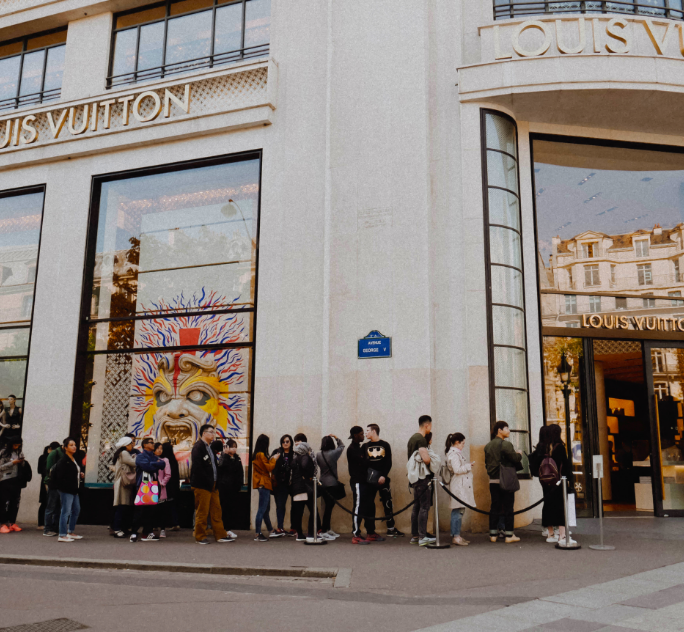Think through your typical process for researching and investing in a new product or service. Where do you start? Chances are, once you have a basic idea of what you want to purchase (and why) you will feel compelled to analyze dozens of reviews. Yes, impulse shopping still happens from time to time — but when an item is at all meaningful, you're willing to put in the time and effort to ensure that you're investing in something you'll adore.
If you prioritize ratings and reviews, you're far from alone. This digital approach to consumer research dominates in nearly every sector imaginable — and in ways that we could have hardly anticipated during the early, practically quaint days of Consumer Reports. These days, we aren't willing to settle for word of mouth or even expert insights; it's the public's opinion we truly care about.
While this tendency exists with products from all categories and at all price points, it's especially evident with investment pieces. The more money we spend on an item — and the more meaningful we find it — the more likely we are to commit to learning as much as possible through the power of online reviews. We intrinsically understand that these represent a mere subset of consumer sentiment, and yet, we cannot help but be swayed by the opinions we encounter.
This reality may sometimes feel frustrating from the luxury brand's perspective, especially as reviews often reflect knee-jerk responses more than genuine assessments of an item's craftsmanship. Still, there lies great opportunity within this seemingly cutthroat world of consumer reviews. We delve into the often hidden possibilities below, highlighting what it takes to develop a positive brand perception by encouraging reviews and ratings.



